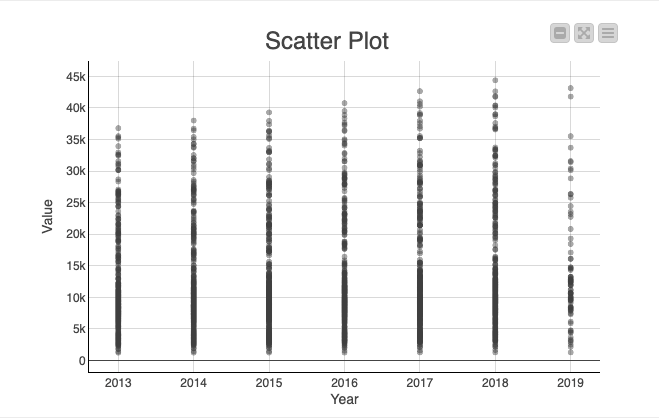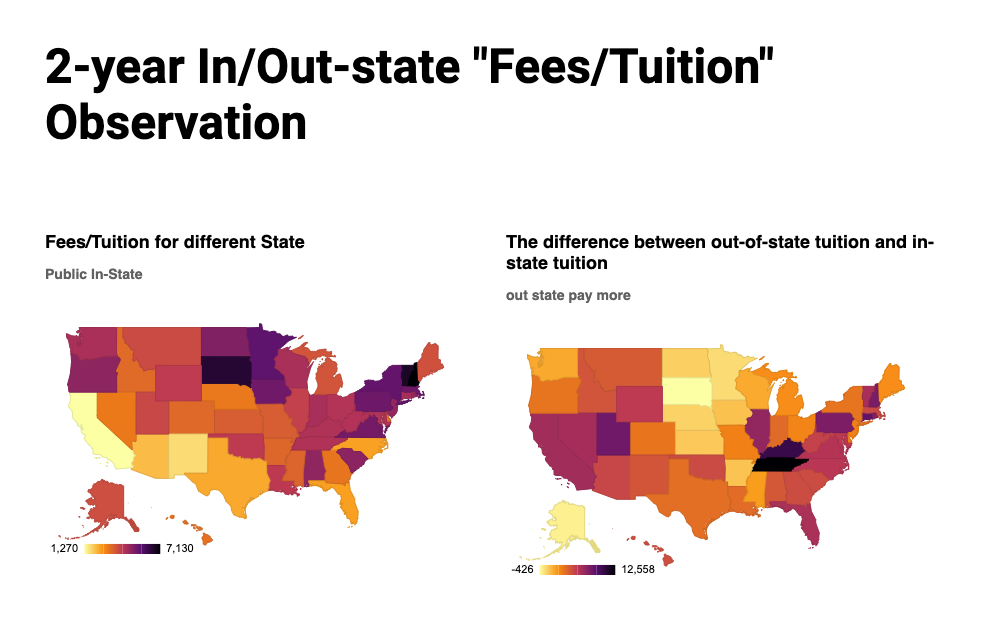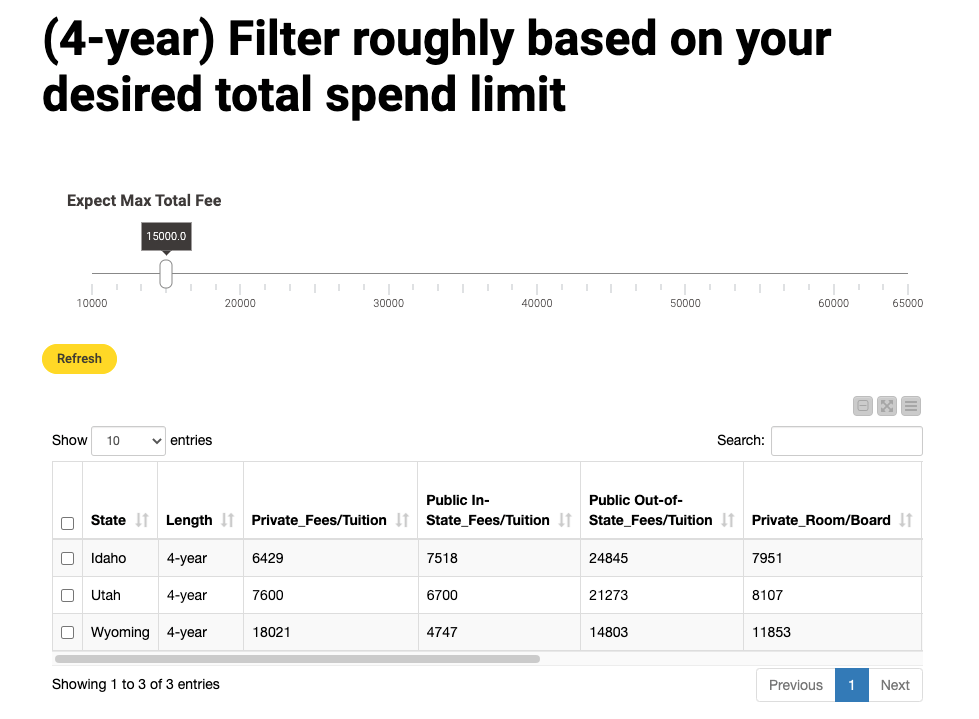🥷 [S2] Challenge 16
Just KNIME It, Season 2 / Challenge 16 reference
Challenge question
Challenge 16: The Cost of Undergraduate Studies in the US
Level: Easy
Description: You are a senior student in a US high school, and you are going to apply for college soon. The costs of undergraduate studies in the US can be pretty high, and you want to understand what factors influence the costs -- and how. To make an informed and financially responsible decision, you decided to perform some Explanatory Data Analysis and cost modeling. What conclusions do you get to?
Workflow
This question is intriguing. Despite being classified as an easy challenge, it has proven to be the most time-consuming amongst my recent tasks. The American university education system differs significantly from China's, necessitating a portion of my time dedicated to understanding their approach. A notable deviation lies within the cost framework; the same university applies differential fees for in-state and out-of-state students. This is an inevitable consequence of each state's fiscal autonomy.
Consequently, 2-year public schools impose higher fees on out-of-state students than their in-state counterparts. Hence, a student considering a two-year program primarily for employment prospects should prioritize in-state colleges. However, if the student views the two-year education as a stepping stone towards further learning, a favorable option would be a two-year college, offering the possibility of eventually transitioning to a four-year university.
In simpler terms, selecting a two-year college within your state is a wise choice for those looking to graduate swiftly and secure employment.
The fee structure for four-year universities differs too. Tuition for public schools varies between in-state and out-of-state students, whereas private schools uphold a uniform cost. Factoring in the considerable impact offered scholarships can have on the overall cost, I employed a single total cost in my workflow to filter different states.
Key observations were made:
- Tuition fees, unsurprisingly, ascend annually.

- The chart on the left illustrates each state's fees for its in-state students. California is the most affordable at
$1270, with New Hampshire as the priciest at$7130.
- The subsequent graph highlights the disparity in fees for out-of-state and in-state students; a higher value correlates with the state's lack of receptiveness to students from other states. Tennessee, with the difference standing at $12,558, essentially screams, "two-year students, stay away from our school!"
- Below, a general filter of states according to total cost is provided.

Any thoughts?
Why is there no further analysis? On a personal note, I believe that its value is limited. Choosing a school should involve a comprehensive review inclusive of the student's preferences, family circumstances, and the school's reputation academically and professionally. Tuition is merely one chapter of an extensive narrative.